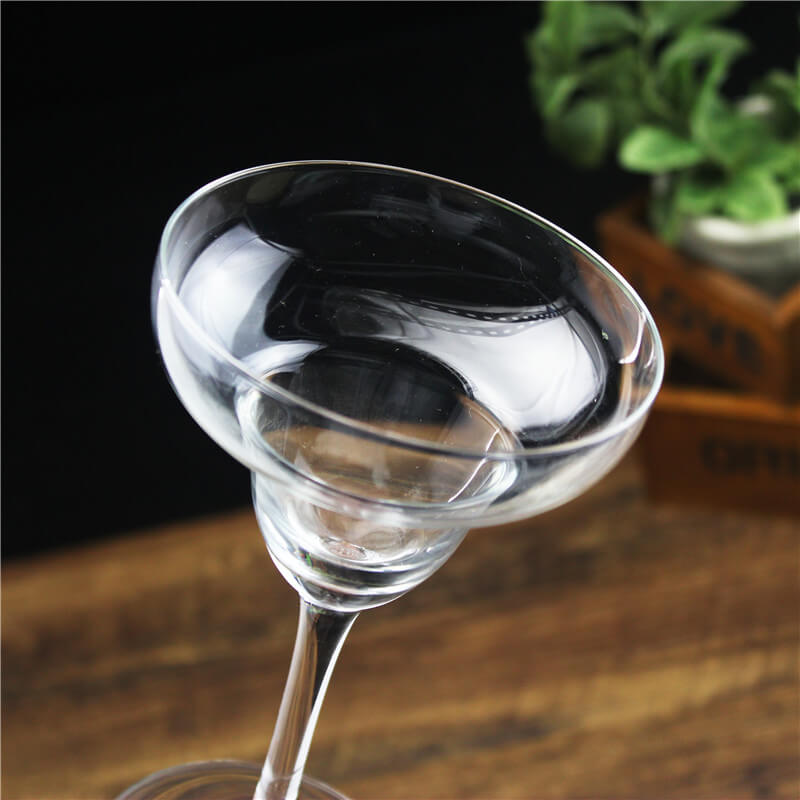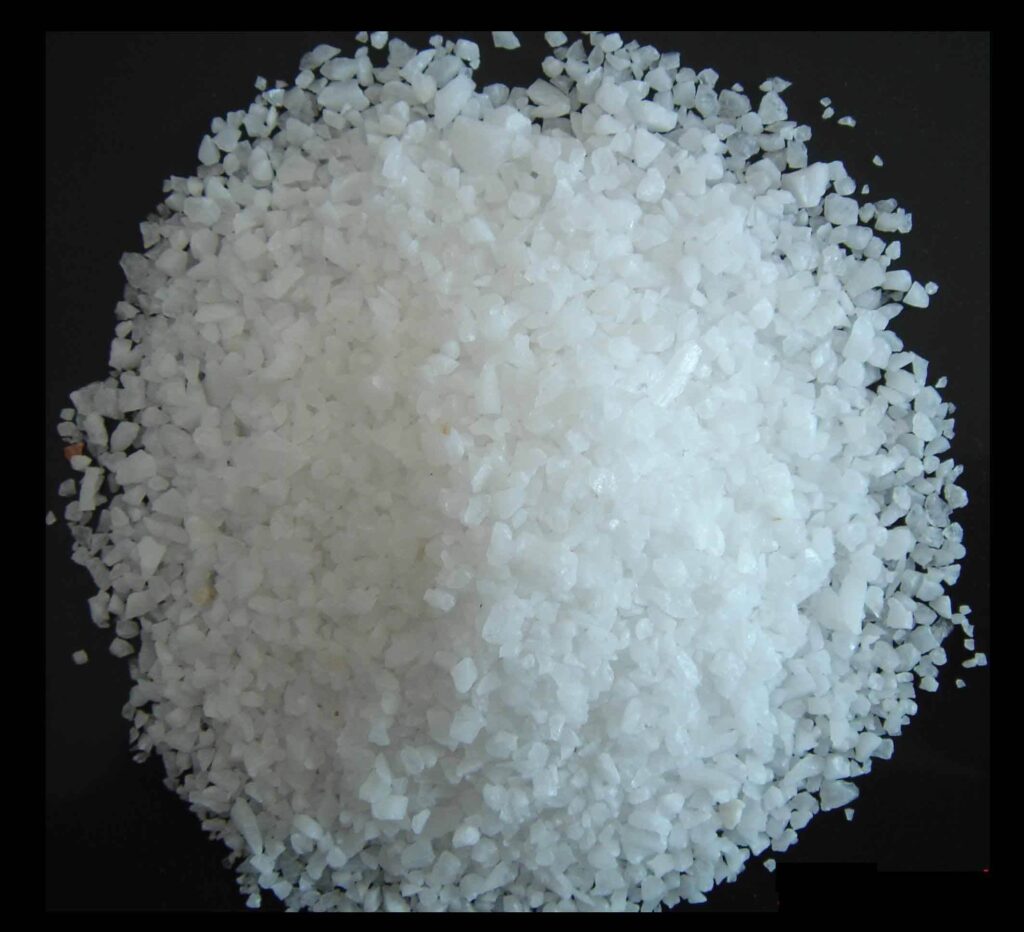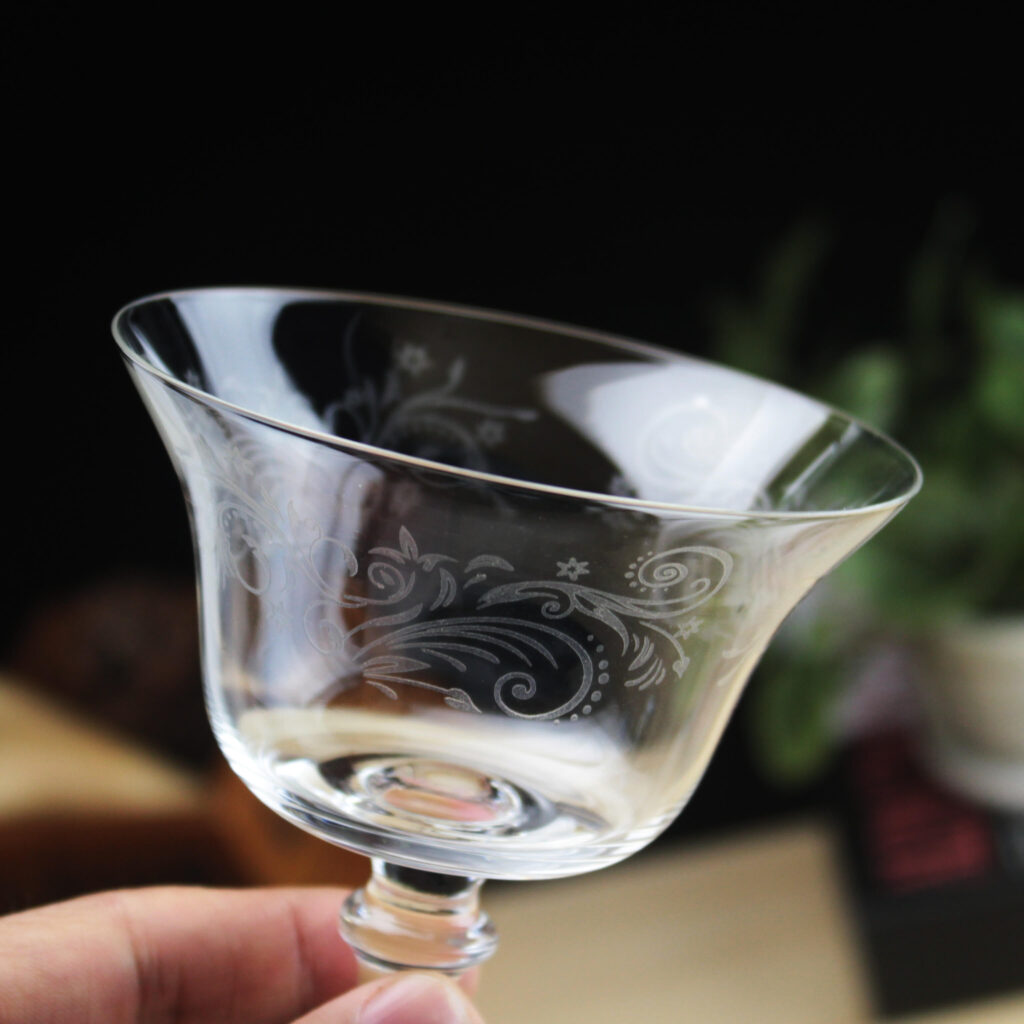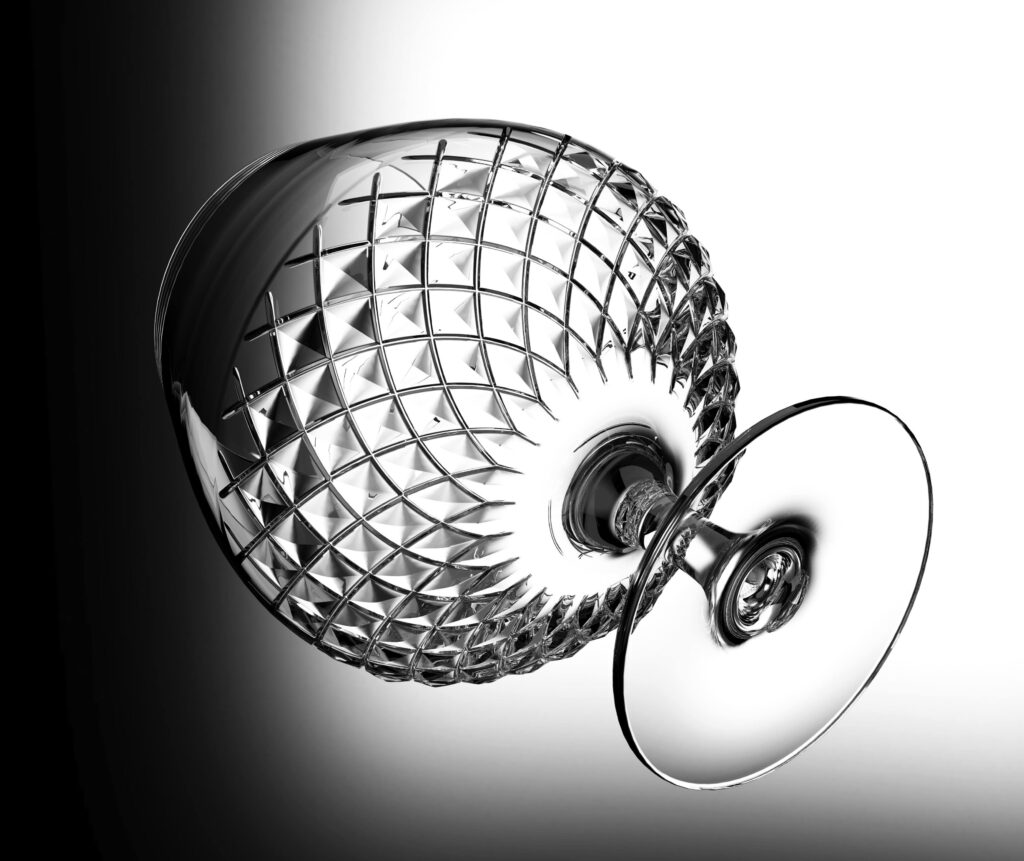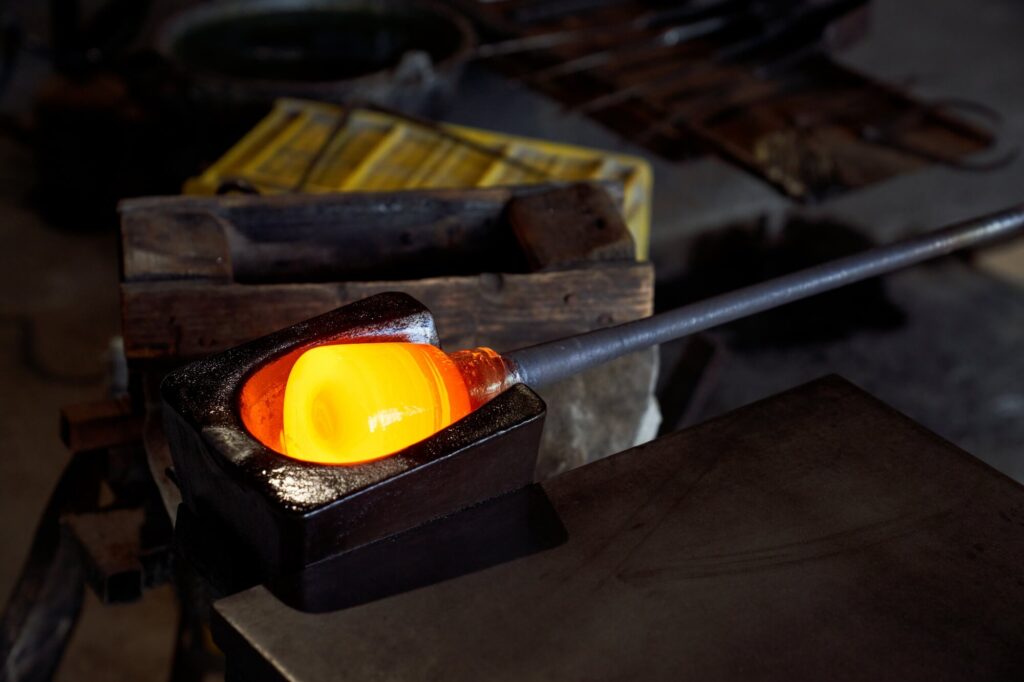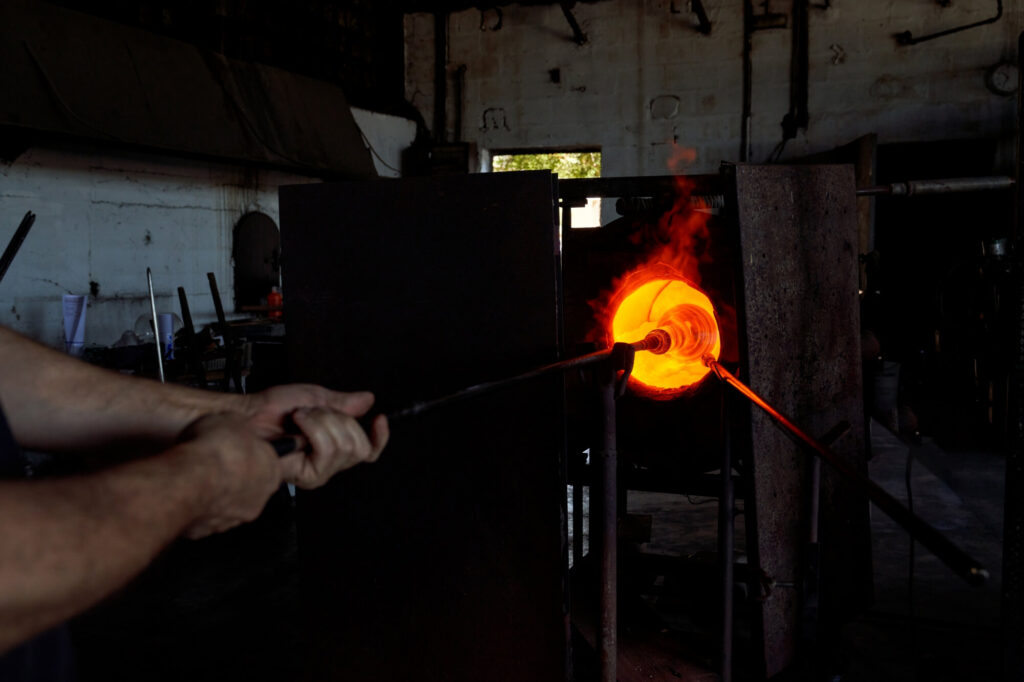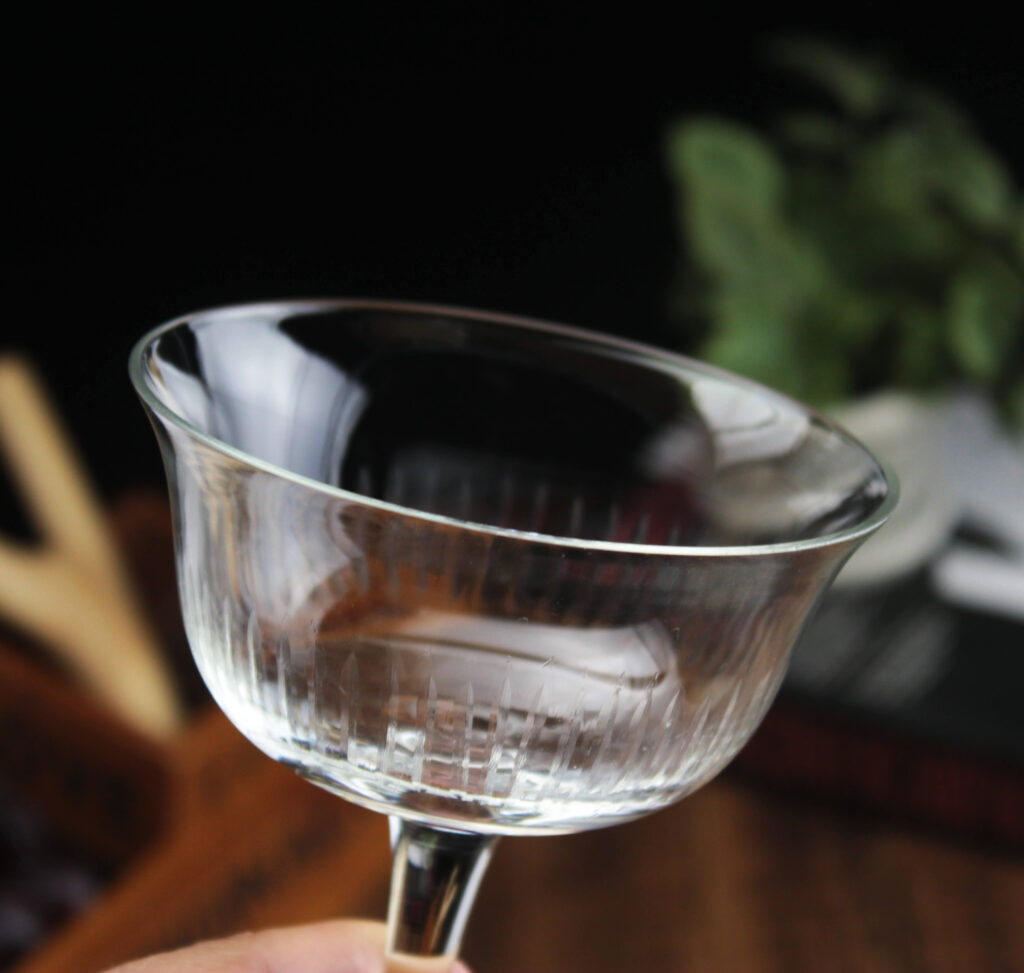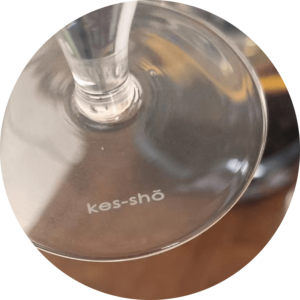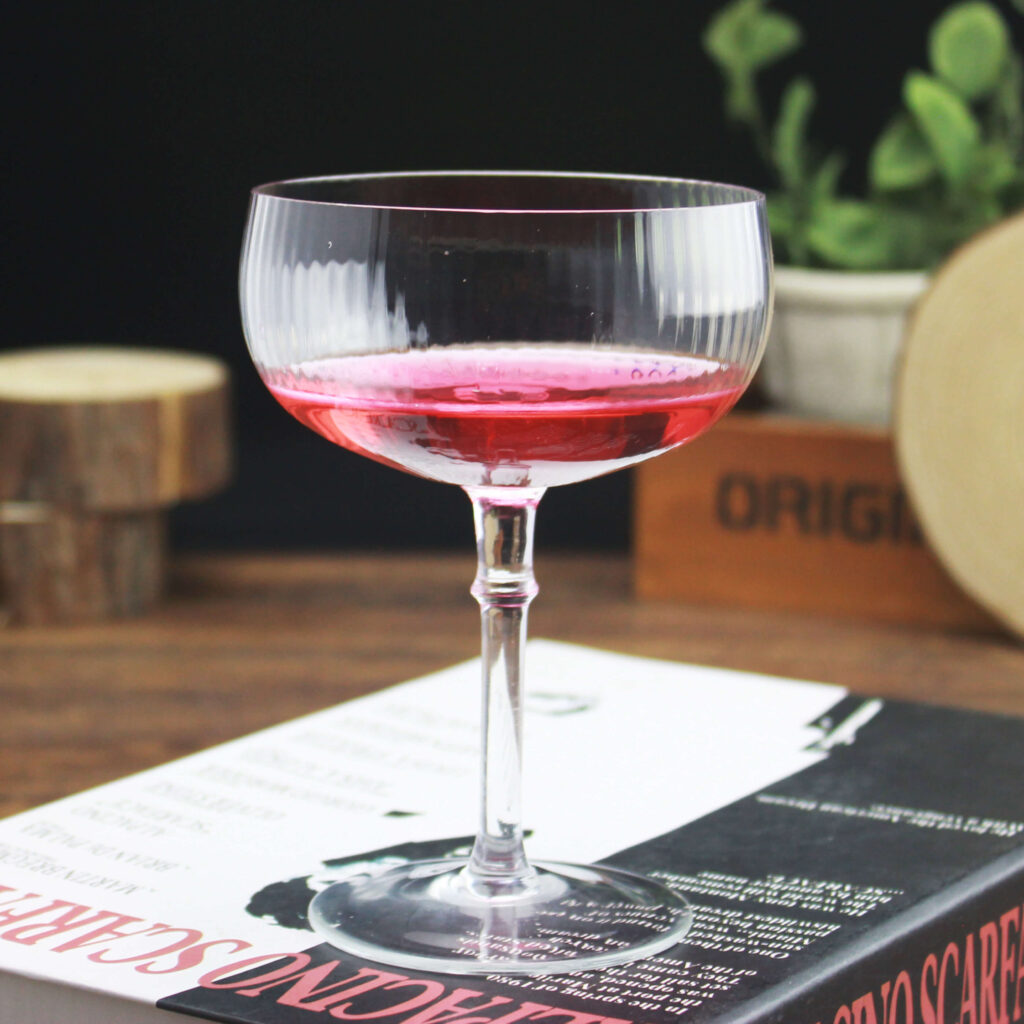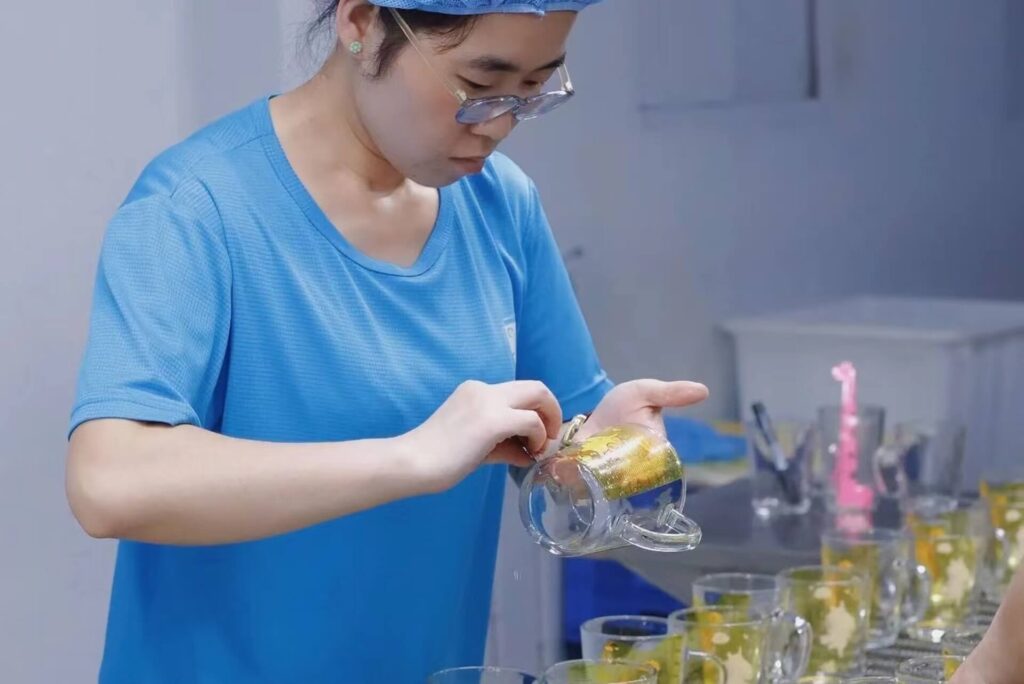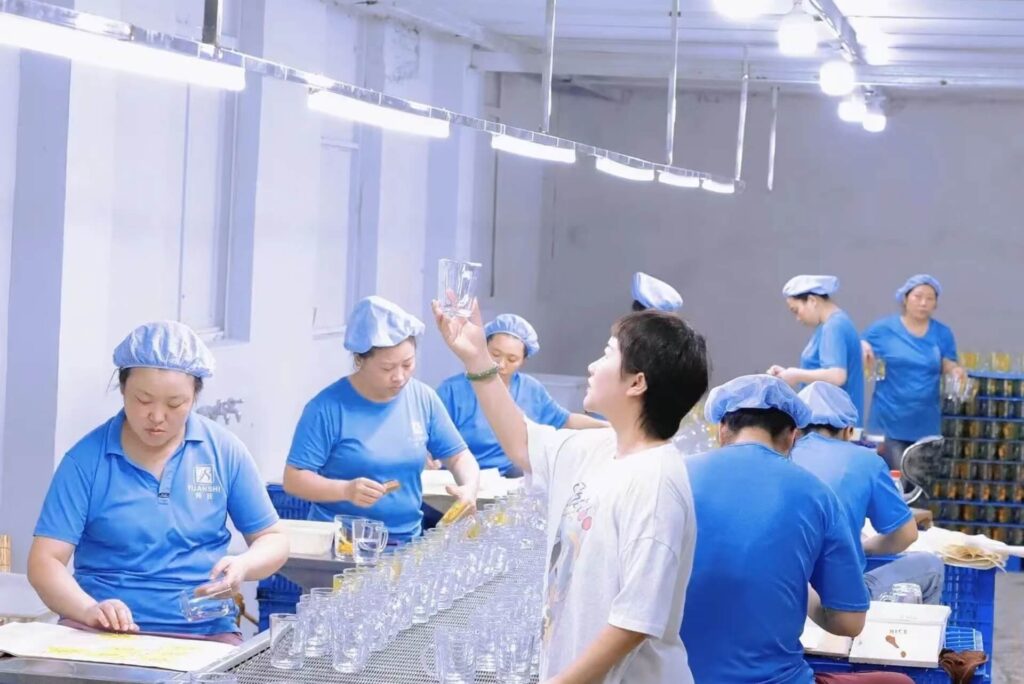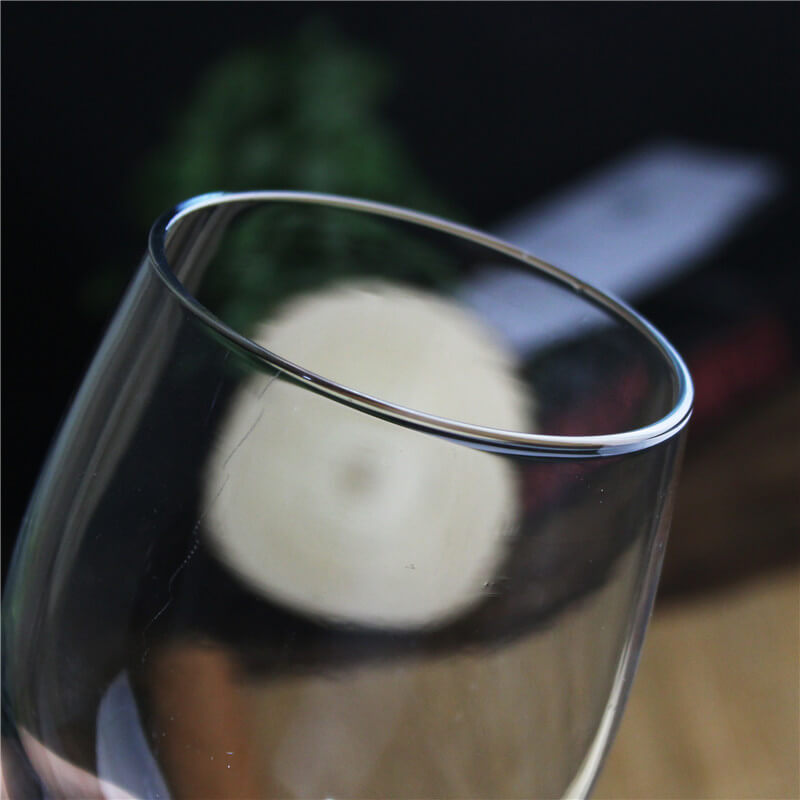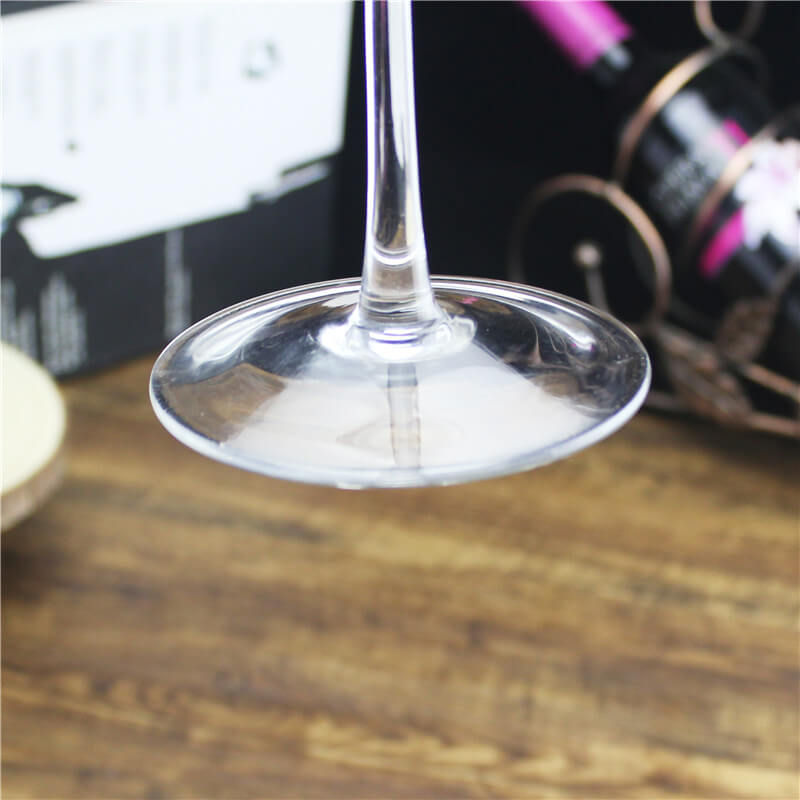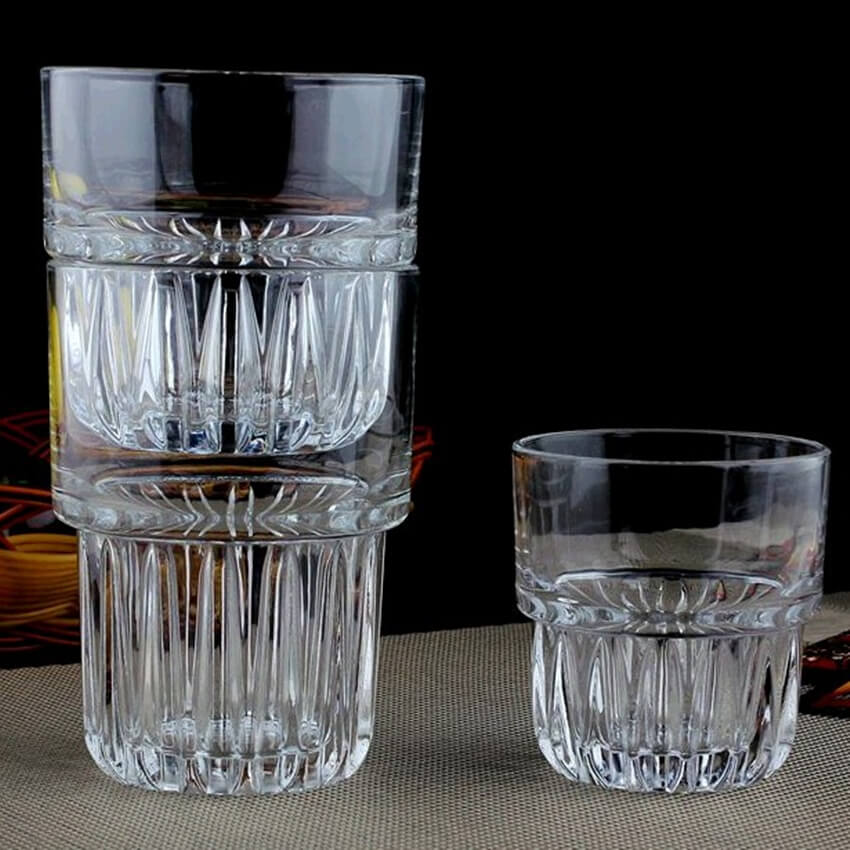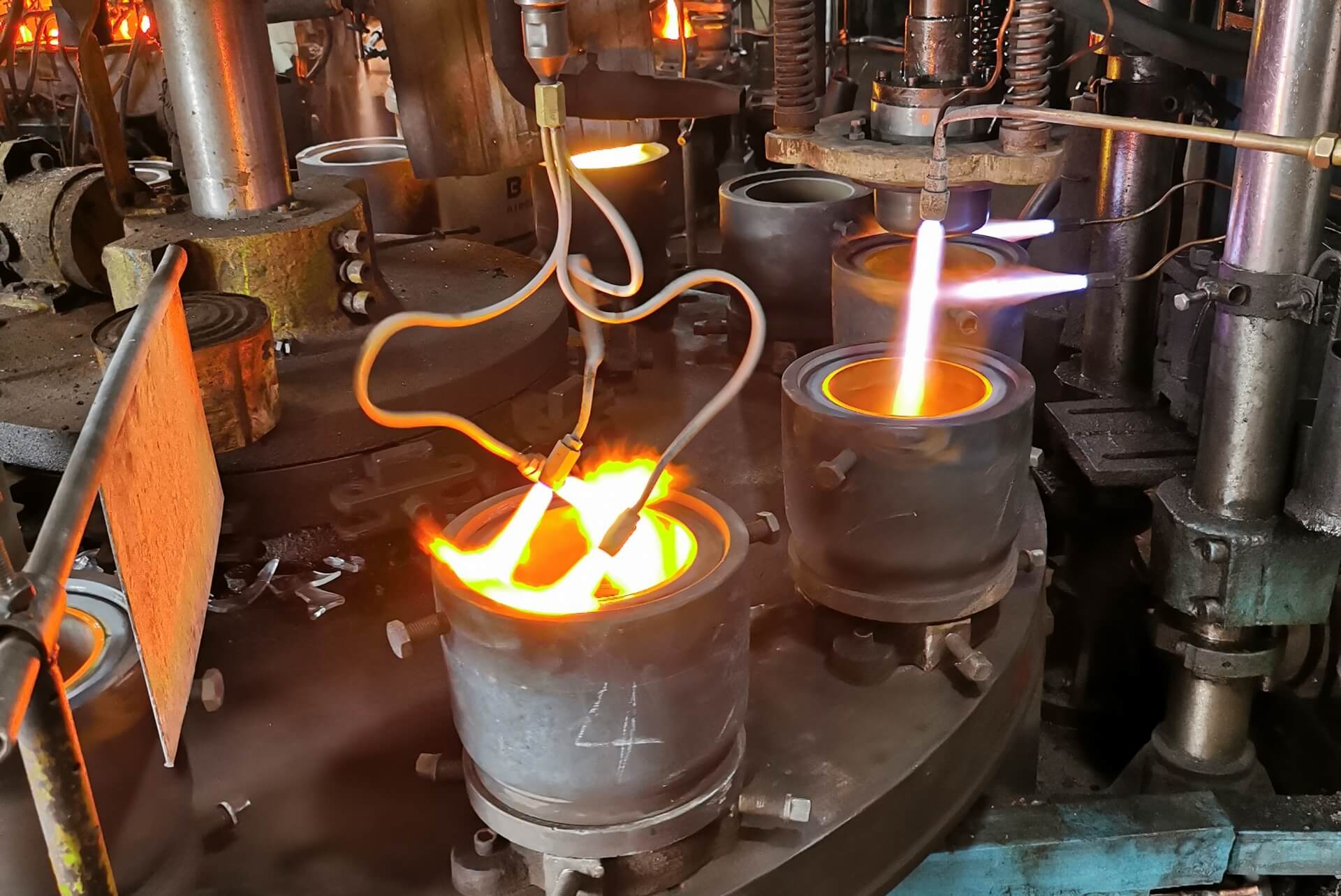Introduction – Cocktail Glass Production
In nowadays, to serve cocktail, cocktail glasses are becoming more and more popular and important. There are quite a lot of types of cocktail glasses. You can refer to: Types Of Cocktail Glasses. In this passage, we recommend 7 types which are highly welcomed. You will see, all these cocktail glasses are with stem. So you know it, they are produced by hand made with the high quality in lead-free crystal glass.
Below you will see the full production process of Hand Made Glassware – Cocktail Glass Production.
Materials Matter: Choosing the Right Base
In the intricate world of glassmaking, every detail counts. From the design to the final polish, each step is a testament to the artistry and precision of the craft. But before we dive into the aesthetics, let’s delve into the very foundation of glassmaking: the materials. After all, the essence of any masterpiece lies in its base.
The Role of Sand in Glassmaking
Sand, often perceived as a mere element of the beach, plays a pivotal role in the creation of the glass. Silica sand, to be precise, is the unsung hero of the glassmaking industry. Comprising primarily of silicon dioxide, this sand acts as the backbone, providing the glass with its basic structure.
But why sand? The answer lies in its ubiquity and its unique melting properties. When subjected to high temperatures, silica sand transforms into a molten state, allowing artisans to mold it into desired shapes. Once cooled, it solidifies, giving birth to the transparent marvel we know as glass.
However, while sand is indispensable, it’s not the sole ingredient. Enter the world of additives, the unsung enhancers of the glassmaking process.
Secrets Behind the Shimmer: Additives and Their Effects
Additives, though used in smaller quantities, play a crucial role in determining the properties and aesthetics of the glass. These are the elements that bestow upon the glass its color, texture, and sometimes, even its strength.
For instance, soda-lime glass, the most common type of glass, owes its existence to the addition of soda ash and limestone. These additives reduce the melting point of the sand, making the production process more energy-efficient. Simultaneously, they enhance the glass’s durability, ensuring it can withstand everyday wear and tear.
Then there’s the mesmerizing world of colored glass. Ever wondered about the origins of the ruby-reds, the oceanic blues, or the royal purples? These hues are the result of adding metal oxides. Copper oxide, for instance, imparts a turquoise tint, while a dash of gold can lead to a rich, red hue. It’s alchemy at its finest!
Moreover, additives can also influence the refractive properties of the glass. By introducing materials like barium oxide, glassmakers can create crystal-clear glassware that sparkles and shimmers, capturing light in the most enchanting way.
source:lida
Molding the Perfect Glass
In the realm of artistry and craftsmanship, few endeavors are as mesmerizing as the creation of glass. This transparent marvel, which graces our homes and lives in myriad forms, is a testament to human ingenuity. But what goes into molding the perfect glass? Let’s embark on a journey to unveil the secrets behind this age-old craft.
The Delicate Dance of Heat and Craftsmanship
Glassmaking is not just a craft; it’s a symphony. A harmonious blend of raw materials, heat, and the deft hands of an artisan. At the heart of this process is the furnace, a crucible of roaring flames that transforms silica sand into a molten wonder. But this transformation isn’t as straightforward as it seems. It’s a delicate dance, a ballet of heat and timing.
The temperature must be just right. Too hot, and the glass becomes too fluid, making it challenging to shape. Too cold, and it solidifies prematurely, halting the creative process in its tracks. It’s this intricate balance that artisans master over years, if not decades, of practice.
Once the molten glass reaches the optimal consistency, the real magic begins. Using tools like blowpipes, shears, and molds, the artisan shapes and sculpts, breathing life into a once formless blob. It’s a dance of dexterity and imagination, where every twist, turn, and tweak is a step towards perfection.
Ensuring Uniformity and Perfection in Every Piece
But creating a glass masterpiece isn’t just about aesthetics. It’s about consistency. Every glass, whether it’s a wine goblet or a simple tumbler, must meet stringent standards of uniformity and perfection.
This quest for consistency begins with the raw materials. By using high-quality, pure ingredients, artisans ensure that the glass’s basic structure is flawless. Additives, when used, are measured with meticulous precision to ensure they enhance, not detract from, the glass’s properties.
Next comes the shaping process. Here, molds play a pivotal role. These templates, often made of metal or wood, ensure that every piece produced is identical in size, shape, and thickness. But even with molds, the human touch is indispensable. It’s the artisan’s expertise that ensures the glass is free from bubbles, cracks, or any other imperfections.
Finally, the annealing process. This involves slowly cooling the glass in a controlled environment, ensuring it’s free from internal stresses. It’s the final touch, the seal of perfection, ensuring the glass is not only beautiful but also durable.
source:lida
Decorative Techniques in Glass Production
The world of glass production is a realm where science meets art, where raw materials undergo a metamorphosis to emerge as objects of beauty and utility. But beyond the basic form of glass lies another layer of artistry: decoration. It’s this embellishment that adds character, tells a story, and elevates the ordinary to the extraordinary. Let’s delve into the fascinating world of decorative techniques in glass production.
Etching, Painting, and Other Artistic Touches
Glass, in its pristine form, is a canvas waiting to be adorned. And over the centuries, artisans have developed a plethora of techniques to embellish this transparent marvel.
Etching is one such technique that has stood the test of time. Using tools or chemicals, artisans create intricate patterns on the glass surface, lending it a frosted appearance. The beauty of etching lies in its subtlety. The designs, often floral or geometric, add depth and texture without overshadowing the glass’s inherent beauty.
Painting, on the other hand, brings color and vibrancy to the canvas of glass. Using specialized paints that adhere to the glass surface, artisans hand-paint designs ranging from intricate patterns to elaborate scenes. Once painted, the glass is often fired to ensure the paint’s permanence, resulting in a piece that’s as durable as it is beautiful.
Beyond etching and painting, there are myriad other artistic touches. Techniques like gilding, where thin layers of gold or silver are applied, or engraving, where designs are carved into the glass using rotating wheels, showcase the limitless possibilities of glass decoration.
How Decoration Can Elevate the Cocktail Experience
Now, one might wonder, why decorate a cocktail glass? Isn’t the drink itself the star of the show? While the beverage is undoubtedly the main attraction, the glass it’s served in plays a pivotal role in enhancing the overall experience.
Imagine sipping a cocktail from a glass etched with intricate patterns. As the liquid swirls, it interacts with the design, creating a play of light and shadow, adding a visual dimension to the tasting experience. The tactile sensation of the etched design against one’s lips adds another layer of sensory delight.
A painted glass, on the other hand, can set the mood. A tropical scene might transport the drinker to a beachside paradise, while a vintage design could evoke the glamour of a bygone era. The glass becomes a storyteller, setting the stage for the drink within.
In essence, decoration in glass production is not just about aesthetics; it’s about creating an experience. It’s about transforming a simple act of drinking into a multisensory journey. It’s a testament to the fact that sometimes, it’s the little touches that make all the difference.
In conclusion, the world of decorative techniques in glass production is a treasure trove of artistry and innovation. It’s a realm where every brushstroke, every etched line, and every engraved pattern tells a story. So, the next time you raise a glass, take a moment to appreciate the craftsmanship that went into its creation. Here’s to the artisans who remind us that beauty, indeed, lies in the details! Cheers!
source:lida
Quality Control: Ensuring Every Glass is Perfect
In the captivating world of glass production, the journey from raw materials to the final product is one of meticulous precision and artistry. But beyond the flames of the furnace and the dexterity of the artisan lies another crucial aspect: quality control. It’s the silent guardian that ensures every glass that leaves the workshop is nothing short of perfection.
The Rigorous Checks Behind the Scenes
Behind every flawless piece of glassware is a series of rigorous checks and balances. These aren’t just cursory glances; they’re in-depth examinations that scrutinize every inch of the product. From the thickness of the glass to its clarity, from its weight to its shape, every parameter is assessed against stringent standards.
Advanced tools, like spectrometers, gauge the glass’s consistency and composition, ensuring it meets the desired specifications. Artisans, with their trained eyes, look for bubbles, cracks, or any other anomalies that might have crept in during the production process. It’s a harmonious blend of technology and human expertise, working in tandem to ensure perfection.
Addressing Imperfections: The Art of Refinement
In the rare instance an imperfection is detected, it’s not merely discarded. Instead, it’s seen as an opportunity for refinement. Using tools and techniques honed over centuries, artisans work their magic to rectify these blemishes.
A bubble might be expertly removed, a slight warp might be corrected, and a minor crack might be seamlessly healed. It’s a testament to the industry’s commitment to excellence, where every piece is given a chance to shine.
Sustainability in Cocktail Glass Production
In today’s world, where sustainability is more than just a buzzword, the glass production industry has risen to the challenge. Recognizing its responsibility towards the environment, the sector has adopted practices that are not only eco-friendly but also pave the way for a greener future.
source:lida
Eco-friendly Practices in the Industry
The glass production process, traditionally energy-intensive, has seen a paradigm shift in recent years. Modern furnaces are designed to be more energy-efficient, reducing the carbon footprint of each production cycle. Water conservation measures are in place, ensuring minimal wastage during the cooling and refining processes.
Moreover, the industry has embraced renewable energy sources, with many factories powered by solar or wind energy. It’s a bold step towards a sustainable future, where the beauty of the glass is matched by the industry’s commitment to the planet.
The Rise of Recycled Glass in Cocktail Glassmaking
One of the most commendable initiatives in recent years has been the rise of recycled glass in cocktail glassmaking. Discarded glass, instead of ending up in landfills, is now being given a second lease of life. Melted down and repurposed, this recycled glass retains all the properties of its virgin counterpart.
Not only does this reduce the demand for raw materials, but it also offers a unique aesthetic. Glasses made from recycled material often have a distinctive charm, with subtle variations that add character. It’s a beautiful blend of sustainability and style, proving that eco-friendly practices can coexist with luxury and elegance.
In conclusion, the world of cocktail glass production is a testament to human ingenuity and commitment. From ensuring every piece is perfect to adopting sustainable practices, the industry continues to evolve, setting benchmarks for others to follow. So, the next time you clink glasses in a toast, remember the journey of that glass, from the sands of time to the eco-friendly future. Cheers to a brighter, greener tomorrow!
source:lida
The Future of Cocktail Glass Production
As we stand on the cusp of a new era, the world of cocktail glass production is shimmering with promise and potential. This industry, steeped in tradition and craftsmanship, is now embracing the winds of change, heralding a future that’s as sparkling as the glasses it produces. Let’s embark on a journey to explore what lies ahead in this fascinating realm.
Innovations on the Horizon
The cocktail glass production industry has never been one to rest on its laurels. Constantly pushing the boundaries of design and functionality, it’s always on the lookout for innovations that can elevate the drinking experience. From glasses that change color based on the drink’s temperature to those that can self-chill, the future is rife with possibilities.
Materials, too, are seeing a revolution. Beyond the traditional silica, researchers are experimenting with sustainable alternatives, aiming to reduce the industry’s carbon footprint. Imagine sipping a cocktail from a glass made of seaweed extract or recycled ocean plastic. It’s not science fiction; it’s the future.
How Technology is Shaping the Next Generation of Glasses
In an age where technology permeates every facet of our lives, it’s no surprise that it’s making waves in the cocktail glass production industry. Advanced 3D printing techniques are allowing artisans to craft designs that were once deemed impossible. Intricate lattices, gravity-defying shapes, and personalized engravings are now just a click away.
Artificial intelligence, too, is playing its part. By analyzing global drinking trends and preferences, AI-powered tools are helping designers create glasses that cater to the evolving tastes of the modern consumer. From ergonomic grips to glasses that enhance the aroma of the drink, technology is ensuring that every sip is an experience to savor.
source:lida
Conclusion
As we raise our glasses to the future, it’s essential to take a moment to acknowledge the unsung heroes of cocktail nights. The artisans, the designers, the innovators, and everyone in between who pour their heart and soul into crafting the perfect vessel for our favorite drinks.
The bond between a drink and its glass is timeless. It’s a relationship that transcends trends and fads, rooted in centuries of tradition. As we look ahead, it’s heartening to see that this bond is only set to strengthen, with technology and innovation adding new chapters to this age-old story.
So, here’s to the future of cocktail glass production. A future that’s as radiant as the gleam of a freshly polished glass, holding within it the promise of countless memorable nights. Cheers!
Reference Links
Personalized Stemless Wine Glasses – The Full Manufacturing Process You Should Know

